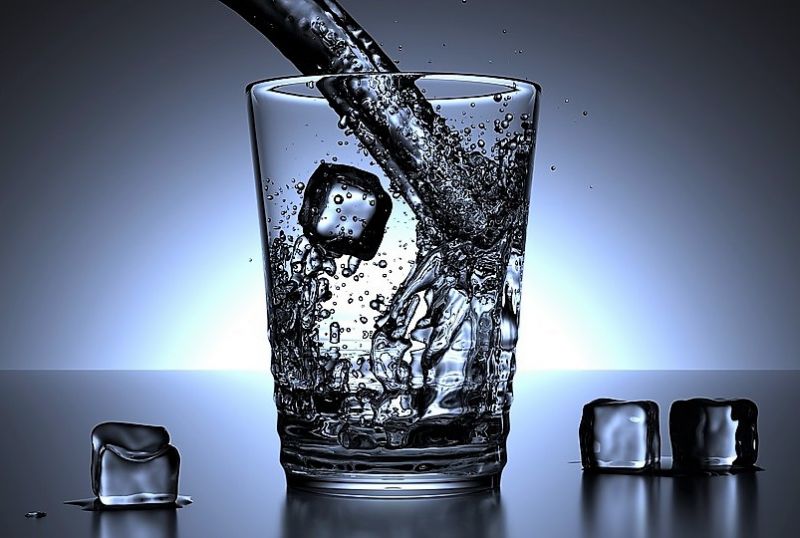Why Does Some Tap Water Taste Weird?
Published on by Water Network Research, Official research team of The Water Network in Academic
Do you know which factors affect the taste of water?
 The odour of tap water is strongly linked to its taste. No surprises there – the combination of taste and odour is well established.
The odour of tap water is strongly linked to its taste. No surprises there – the combination of taste and odour is well established.
One of the most common complaints about tap water taste and odour involves chlorine, which is an essential disinfectant used around the world. Chlorine might have an offensive smell, but it is a major weapon against pathogens spreading in our water supplies. Areas with very old and corroded pipes might add more chlorine to counter the risk of microbial contamination entering the system.
Chlorine is highly volatile and you might particularly notice this smell when you run a hot shower. If you want to enjoy drinking water without the chlorine taste or smell, boil it slowly for several minutes. That will remove much of the chlorine. (And then put it in a container in the refrigerator to get much more appealing ice-cold water.)
Hard vs soft
These qualities often reflect water’s origins, which affects aspects like its mineral content. Groundwater generally has a higher mineral content, particularly from areas of limestone rich in calcium and magnesium carbonates. This is called “hard” water.
Water with high levels of hardness may be frustrating when you wash your hands as it can stop a soapy lather forming. Very hard water might also have a salty taste. Hard water can create other issues, such as imparting an unusual flavour in tea and causing a build-up of scale minerals in hot water appliances and water pipes.
The opposite of hard water is “soft” water. This is often from water supplies fed by stored rainfall, which generally contains very dilute sodium chloride (also known as table salt; it’s largely responsible for making seawater salty).
If you live close to the coast and have a tank collecting runoff from your roof you will probably have more salt in your water. You might not actually taste the salt, but you may notice a metallic tang from corrosion of the roof, tank and plumbing triggered by the salt.
Water supplied by rainwater tanks can provide odd tastes and odours. This can be the first sign of a major problem, and you should always investigate the source. Dead animals in the tanks and accumulated vegetation from overhanging trees can be unwelcome tank water quality hazards. It is worth remembering that homes using rainwater tanks often do not treat or disinfect the water before consumption.
A sulphur taste and odour can also occur in some water supplies. This is often termed “rotten-egg gas”, and is caused by hydrogen sulphide. Similar to chlorine, its odour might be detected when running a hot shower. The source of sulphur can be from the water supply geology or from the decay of organic matter.
Desalination has also emerged as a major new water supply source over the last 20 years. It is often used only when lack of rainfall depletes natural water storage.
Source: The Conversation
Media
Taxonomy
- Standards & Quality
- Biological & Chemical Quality
- Quality
- Water Quality
- Quality Maintenance
- Water Quality Management
- Water Quality Monitoring